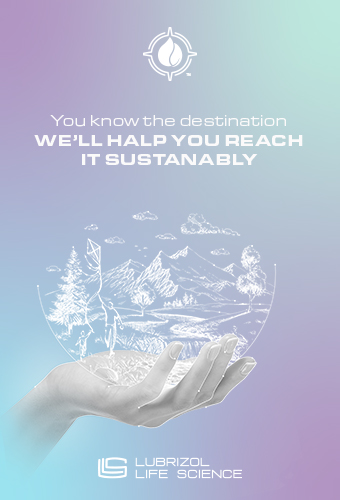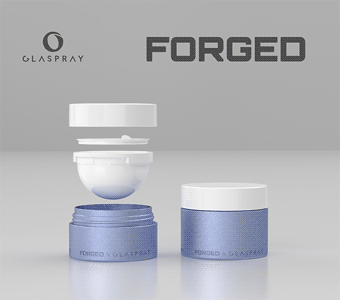In her recent study on the impact of climate change on the beauty sector, Pascale Brousse, founder of the Trendsourcing agency, looked at the treatment of dark skins in the cosmetics industry. She was able to interview and collect the perceptions of various experts and specialists in the issues faced by these skin types, which are now called phototypes 4.5.6, for matte, dark to black skins, according to the Fitzpatrick classification drawn up in 1975, the fairest skin types being in categories 1 to 3.
“Diversity is first and foremost a statistical fact. More than half the world’s population is non-white. And this trend is set to continue, in particular in the American, and of course, African markets. Africa is expected to count two billion people in the next few years”, explains Pascale Brousse.
Among the specialists interviewed was Haweya Mohamed, co-founder of The Colors, a platform set up in 2021 to promote diversity and inclusion in fashion and beauty. In her opinion, the range of dedicated skincare products is very limited on certain markets. “If brands do not have multicultural strategies, they will not exist anymore in ten years”, she warns.
“Right now, if you want to buy a standard moisturizer and you have black or dark skin, there are no local suppliers in France, and nothing has changed in recent years. There are certainly more inclusive brands in terms of visual representation and for certain product categories, such as makeup, but few in skincare. It is one thing to show visuals, but there has to be something more concrete behind them”, adds Pascale Brousse.
A need for appropriate care
Confronted with different climates, phototypes 4.5.6 actually have specific concerns and reactions that await specialized solutions.
“The number one problematic is keeping the skin hydrated, especially in dry, cold climates, when these phototypes are used to or made for living in hot, humid climates”, says Pascale Brousse, who stresses the hyper-reactivity of dark skins. “People often apply occlusive products based on petrochemicals without being aware of their harmful effects, which leads to high oil secretion, and therefore to acne, hyperpigmentation, and the formation of dark spots. From an initial problem, hydration, arise several important consequences”, she adds.
This specificity is confirmed by Imen Jerbi Azaiez, Doctor of Pharmacy and co-founder of the 4.5.6 Skin brand. This young brand is promoting the creation of the first research laboratory designed to test, develop, and manufacture high-performance products based on the functional and physiological differences between phototypes 4, 5, and 6. This is a significant step towards overcoming the lack of knowledge in this field.
“There is still a lot we do not know about hyperpigmentation and, unfortunately, there are not many research laboratories for these skin types. By compiling 1,400 dermatology studies carried out over eight years in the United States, it emerged that the rate of people representing phototypes 4.5.6 was only 2%. In addition, most dermatologists are not trained to meet the needs of darker skin types and do not even have these skin phototypes. With such a low inclusion rate, how can we draw scientific conclusions in dermatology that could serve as a basis for developing adapted cosmetics?” she asks.
Cosmetics for everyone
This lack of data and testing has also been observed in the suncare category, as laboratories work mainly on protecting the first four phototypes.
“Sunburns occur later on darker skins, but the risk of burns does exist. Subsidiaries of major groups are carrying out these tests in certain countries such as Brazil, but we need to broaden the scope”, says Pascale Brousse.
“Brands can make this request and choose their inclusion criteria. Multicultural consumers are the fastest-growing segment in the US, and with climate change, this trend will accelerate in Europe too. Some independent brands are emerging in France, such as Ustawi, Nubiance, or Be Radiance, but there is clearly a need to do something with this lack of inclusiveness in both product testing and range development”, she concludes.




































